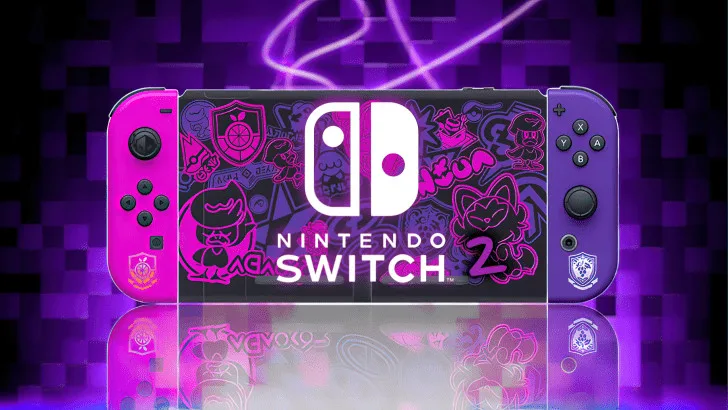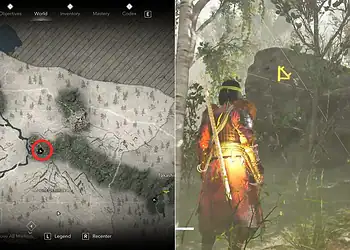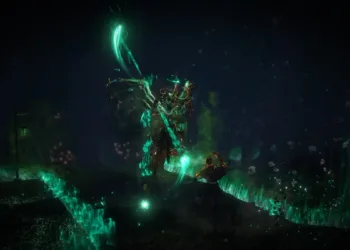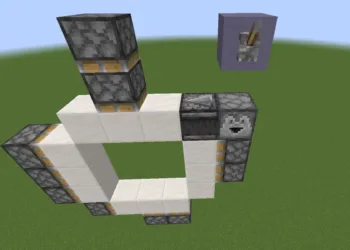According to recent GitHub updates, Nintendo’s next-generation Nintendo Switch 2 Handheld console may use NVIDIA Ampere GPU architecture within its SOC. According to @Kepler_L2, NVIDIA has developed on at least two bespoke SOCs based on the Ampere GPU architecture that could be put into the Nintendo Switch 2 portable.
These two SOCs, the T234 and T239, were discovered on NVIDIA’s GitHub “Open-GPU” area. Both of these SOCs are based on the Ampere architecture meaning that their GPU features are comparable to the GeForce RTX 30 series graphics cards.
The mention of two SOCs could indicate a standard and a Pro variation, but according to Tech_Reve, the NVIDIA T234 SKU has been cancelled, and the T239 SOC is set for production on Samsung’s 8nm fabrication node. This is the same manufacturing method used for the other GeForce RTX 30 GPUs.
We’ve recently heard a lot of rumours about the Nintendo Switch 2 portable.
These rumours basically emerge after the device was presented to select reporters and behind closed doors at Gamescom 2023. According to rumours, the Nintendo Switch 2 portable is capable of running numerous games at 4K 60 FPS natively, and it also supports Ray Tracing and NVIDIA’s DLSS capabilities. The Unreal Engine 5 Matrix Awakens demo was demonstrated running on the Nintendo Switch 2 portable with NVIDIA DLSS 3.1.
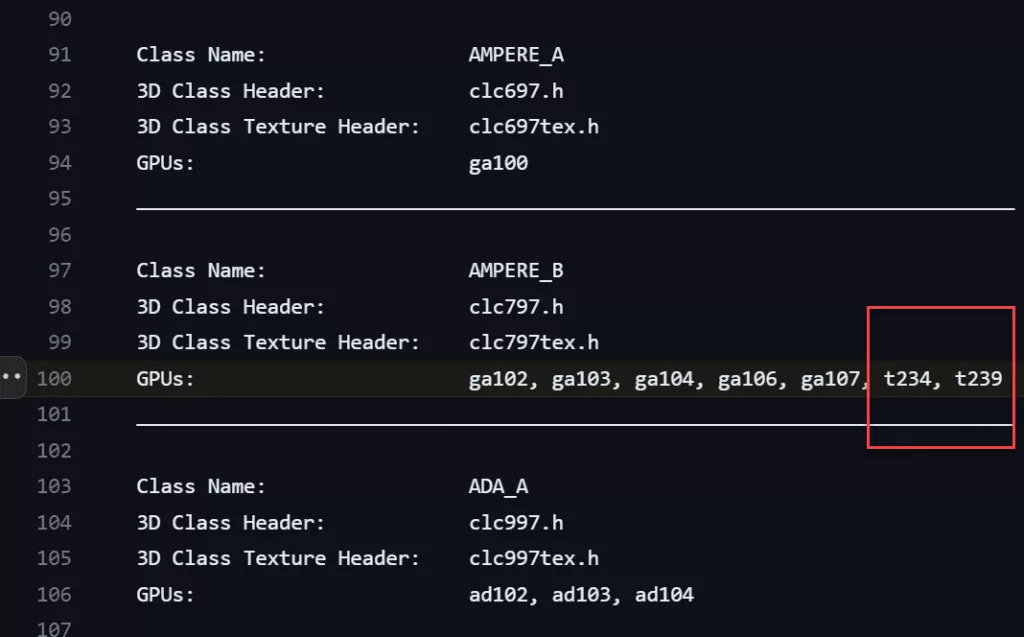
To clarify, NVIDIA DLSS 3.5 Ray Reconstruction technology is supported across all RTX GPUs, so it should be compatible with the Ampere architecture featured on the Nintendo Switch 2 handheld; however, Frame Generation may be missing from the handheld because that feature is only available on newer Ada Lovelace GPUs. In addition to the technological features, Nintendos Switch 2 handheld is reported to include up to 12 GB of RAM, however the precise type has yet to be revealed.
NVIDIA’s technology has a ray tracing advantage over AMD, hence the Nintendo Switch 2, while being a portable, is claimed to be extremely close to the Sony PS5 in terms of RT graphics performance. The Ampere architecture will be a huge step up from the older Maxwell GPUs that power the existing Nintendo Switch consoles, but we’ve already seen some fantastic visuals with titles like Zelda: Tears of the Lost Kingdom and even its predecessor, Breath of The Wild.
Also Read:

